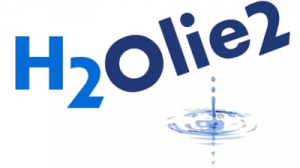I’m a patient
Background information

Rationale: We hypothesize that tubal flushing at hysterosalpingography (HSG) with oil-based contrast will result in higher pregnancy and live birth rates as compared to tubal flushing at HSG with water-based contrast in women: with an ovulation disorder, at high risk for tubal pathology and/or ≥38 years of age, which will lead to a reduction in the need for expensive fertility treatments like IVF and/or ICSI, and will therefore be a cost effective strategy.
Objective: The objective of the proposed study is to assess the effectiveness and costeffectiveness of the use of oil versus water-based contrast medium in terms of live birth in women undergoing HSG, who:
-
- Have ovulation disorders or;
- Are at high risk for tubal pathology or;
- Are above 38 years of age.
Study design: Multicenter, randomized controlled trial with a cost-effectiveness analysis alongside it.
Intervention (if applicable): We will compare tubal flushing at HSG with oil-based contrast (intervention) versus tubal flushing with water-based contrast (control).
Main study parameters/endpoints: The primary outcome is conception leading to live birth, with a positive pregnancy test preceding the pregnancy within 6 months after randomization. We will also study time-to-pregnancy. Our hypothesis is that HSG with oil-based contrast will increase pregnancy rates (and time to event (pregnancy)) and thus reducing the need for ART and reducing costs.
